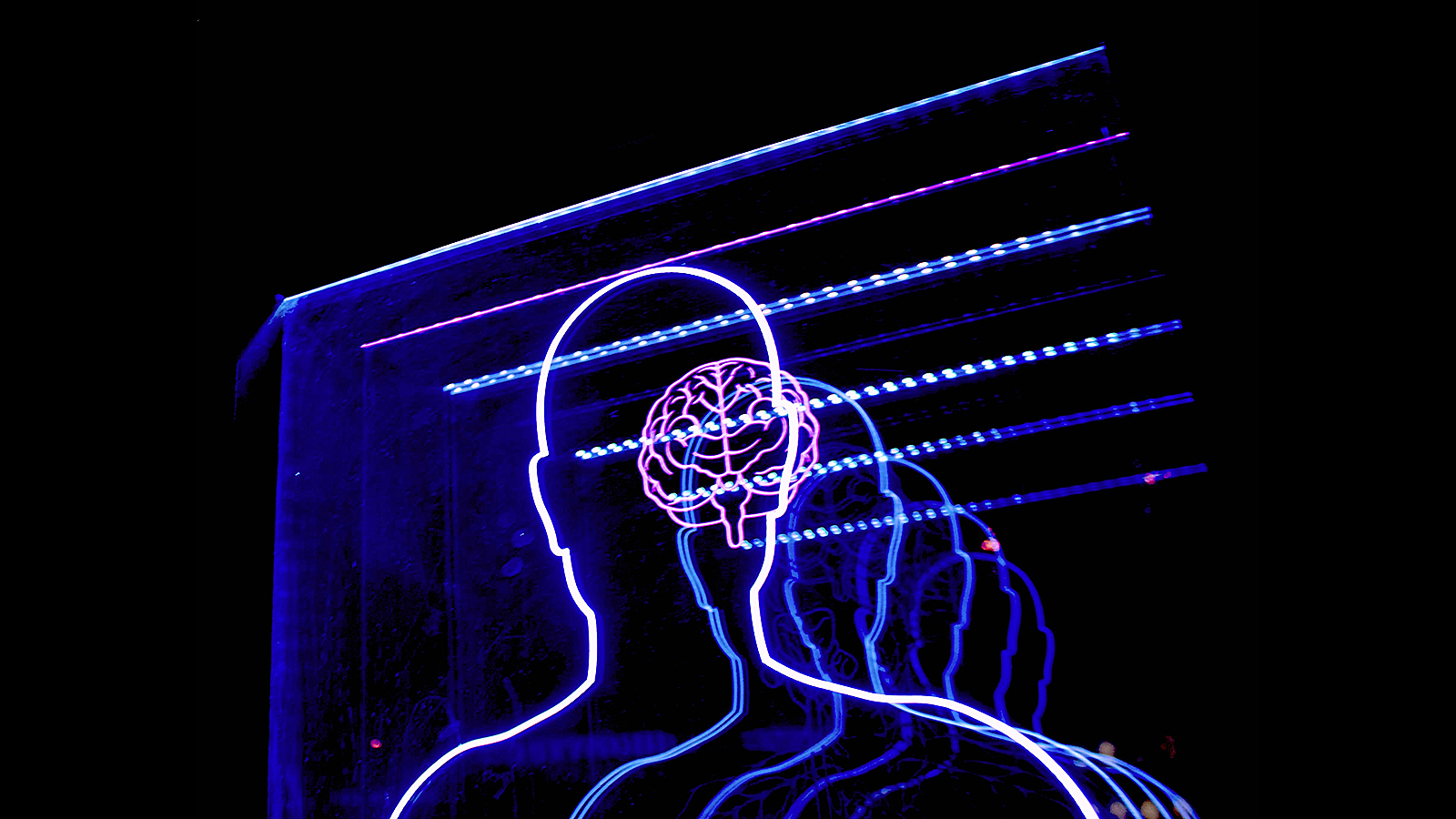We live in our emotions, explains renowned medical researcher Dr. Rudolph Tanzi. Our emotions and overall outlook on life correspond to different parts of the brain. How you decide to approach your life determines which parts of your brain become activated. If you allow fear and worry to rule you, the brain stem is exercised. If you embrace things like creativity, empathy, and community, you activate the frontal cortex. These decisions — the choices you make in how you want to life — have a direct effect on your genetic activity. That’s why positive thinking might be the best gift you can give to your genetic dependents.
Dr. Tanzi, a Professor of Neurology at Harvard, is co-author of the new book Super Genes: Harnessing the Vast Potential of Your Genome for Optimum Health and Well-Being.
Rudolph Tanzi: Emotion is so interesting. If you think about the evolution of emotions, you know, first there was 400 million years ago the brain stem — the reptilian brain as we call it. And these are memories that were instinctively programmed by our genetics. You don’t need to learn how to run away when you’re attacked or how to fight — fight or flight. You don’t need to learn how to find food or to go find sex to reproduce, right. It’s instinctively programmed. And then it was only about 100 million years ago that, if I use what’s called the handy brain, that Dan Siegel uses. This is brain stem down here; you tuck your thumb in; that’s the mid brain so that’s the 100 million, 400 million. And then that’s the frontal cortex; that’s only 4 million years old. That’s meaning, creativity, purpose, self-awareness. Well tucked in here, that’s where we live. That’s short-term memory. And the first short-term memories we had were based on the roots of our emotions — fear and desire.
And what was fear? Then the first memory of pain and the anticipation of pain in the future. Pain or punishment. And what is desire, but the first memory of pleasure and reward and then the desire, the anticipation of that in the future. So the first messages of acquired memories that involved us living our lives and saying, you know, I remember that was — remembering something was bad and fearing it in the future, having anxiety. Or remembering something was good and saying I want it again.
We still live in that part of the brain. Now our emotions become more complicated; there's jealousy; there's greed; there's resentment. But they’re all based in basically reward and punishment. Remembering reward, seeking it again, punishment, remembering that, and avoiding it again, right. So the way to think about this is when you live in that short-term memory — the reason why we live there is that sensations are coming in all the time. We’re seeing, all your five senses are bringing information to you. It’s all packaged in one big bundle — like a cable — called the perforant pathway because it perforates the short-term memory area — the short-term memory area is called the hippocampus and it’s Greek for seahorse because it looks like this. Picture a big spear going through it. And everything you’re hearing right now and seeing is going into that area. And in fact that’s what happens in Alzheimer’s disease is that connection gets broken. So it’s not just not remembering; they can’t learn because sensations are coming in and you’re not storing them in the short-term area of your brain.
So now you’re living in the short-term area of the brain trying to keep track of what’s going on five minutes ago, a minute ago, right now. And there are two ways you can connect. You can either connect back to the brain stem, which is constantly saying fight or flight — go find food; go find somebody to have sex with, right. And some people live there. The brain stem constantly guiding the short-term area — that’s back to middle. Or you have people who live in the frontal cortex saying meaning, purpose, identity, self-awareness. I want to serve. I want to make this a better place. How can I creatively do that? And there’s a huge evolutionary vector right now away from selfishness to self-awareness. So the old brain was selfishness. The new brain is self-awareness. Emotion is where you live. You live in the middle. And it’s always a choice you have to make. Am I going to be self-aware and know what my brain is doing right now and by my actions have my gene activity serve me and my brain serve me? Or am I just going to be a servant to my brain stem that instinctively whips me around and makes me do whatever I want while I just live with fear and desire, phobias and addictions every day. And that’s a choice and the awareness you have to have every day to know where you live because we do live in emotions.
If we think about well-being in terms of having your genes firing at the right levels, having your neural network best serve you. Remember your brain, your neural network, 100 million nerve cells, hundreds of trillions of connections called synapses, is bringing you your world. So don’t take for granted that your brain is three pounds of Jell-o sitting in complete darkness, you know, complete silence in your skull. And somehow it broadcasts you this incredible world of light, color, and animation. And all that is happening electromagnetically. And your experiences are determining in a dynamic way how your neural network is connecting all the time. So you’re creating your world. Your brain is projecting the world that you’re creating for yourself based on how you’re interpreting signals from the outside, how you’re sensing your world. So in terms of well-being, what you want to do is if you interpret the world in a positive way, then you have your own network mimicking your attitude. The same thing with your genes. I like to say that your gene activity is a mirror of your outlook on life. Your gene activity is a direct reflection or mirror of your outlook on life.
If you have a negative outlook on life driven by your neural networks, that’s going to still propagate and it’s also going to feed back to have negative gene activity. And now we can see studies on lower and other mammals and mice where you can see direct evidence — quantified, measured — the genetic activities due to negative or positive lifestyles. So well-being depends a lot on a positive outlook. And what I talk about with my co-author of both Super Brain and Super Genes, with Deepak Chopra, is the fastest way to turn something positive — it’s foolproof — is as soon as you walk into a room or you're about to walk into a situation, say to yourself, "I’m just happy to be here." It doesn’t matter what it is — I’m just happy to be here. The alternative is not to be here at all on this planet enjoying this world. And secondly, "I am here to love and serve all those around me." As soon as you put that in your heart that I'm here to love and serve others, it’s magic because now all these newer areas of evolution, of our genome and our brain get turned on. Our brain is going in that direction. Our brain is going away from selfish, fight or flight; take what you can and run away; steal; cheat; maraud — to saying, "Be a community member. Think creatively how to help the world, how to make the world a better place." Our brain is evolving in that direction so if you try to act in the vector of evolution, then your genes and your brain serve you better.






